The U.S. Economy Is the World’s Growth Engine Again
As more Americans find jobs, they're willing to spend. That's giving the economy enough oomph to overcome slowing among big U.S. trade partners.

The eurozone is slipping back into a recession. China’s economy is growing more slowly than it has in decades, sliding toward a pace of just 7%. And the stock market has the jitters. But the U.S. engine is picking up steam.
There’s no reason to fear that U.S. economic growth will stall out, despite slowing in some major trade partners. The impact of more sluggish Chinese gains and recession in Europe will be negligible.
The fact is, the U.S economy is healthy, and getting healthier. It’s headed toward growth topping 3% this quarter and higher year-over-year growth in 2015: 3% or better, compared with a tad over 2% for 2014.
From just $107.88 $24.99 for Kiplinger Personal Finance
Become a smarter, better informed investor. Subscribe from just $107.88 $24.99, plus get up to 4 Special Issues

Sign up for Kiplinger’s Free Newsletters
Profit and prosper with the best of expert advice on investing, taxes, retirement, personal finance and more - straight to your e-mail.
Profit and prosper with the best of expert advice - straight to your e-mail.
It’s consumers that will fuel the gains. Strong growth in real wages and income is the key, providing consumers with the wherewithal to spend. 240,000 net new jobs a month on average in 2015 mean more folks will be earning paychecks, even though hourly wages are climbing only slowly. What’s more, there’s some pent-up demand. So far in 2014, after adjusting for inflation, total wage and salary income has been rising about twice as fast as real consumer spending, indicating a hefty backlog. Let loose by greater confidence in the economy, that backlog will help raise consumer spending, which accounts for two-thirds of all U.S. economic activity. All told, we expect a bump of about $327 billion to GDP, adding at least 2% to output for the year.
Meanwhile, look for joblessness to slide toward 5.5% by the end of 2015. That’s nearing what is historically considered full employment — just enough slack to accommodate normal job churn and not trigger uncomfortably high wage inflation.
Inflation in 2015 won’t be much of a worry at all, in fact, and will be under 2% again. And lower gasoline prices are a boon. For every sustained 10-cent-a-gallon drop at the pump, consumers typically spend an additional $11 billion a year on other stuff.
Business spending, accounting for roughly 16% of GDP, will climb, too. Spurred by bargain energy prices and increased consumer demand, corporations will invest about 7% more in plant and equipment, adding an extra $102 billion to 2015 GDP.
But don’t count on much of a boost from government, especially Uncle Sam. Though the pressure to cut deficits has eased, the share of economic activity generated by local, state and federal agencies — a bit over 18% — won’t deliver much extra juice.
And there will be only a modest hike in exports, about $50 billion, after adjusting for inflation. The struggling eurozone economies and stronger dollar spell restrained global demand. Imports, however, are likely to climb by twice as much, as U.S. consumers step up spending not only on domestic goods but on those that are made overseas, too. So trade, as a whole, will subtract a bit more from GDP in 2015 than in 2014.
Profit and prosper with the best of Kiplinger's advice on investing, taxes, retirement, personal finance and much more. Delivered daily. Enter your email in the box and click Sign Me Up.

David is both staff economist and reporter for The Kiplinger Letter, overseeing Kiplinger forecasts for the U.S. and world economies. Previously, he was senior principal economist in the Center for Forecasting and Modeling at IHS/GlobalInsight, and an economist in the Chief Economist's Office of the U.S. Department of Commerce. David has co-written weekly reports on economic conditions since 1992, and has forecasted GDP and its components since 1995, beating the Blue Chip Indicators forecasts two-thirds of the time. David is a Certified Business Economist as recognized by the National Association for Business Economics. He has two master's degrees and is ABD in economics from the University of North Carolina at Chapel Hill.
-
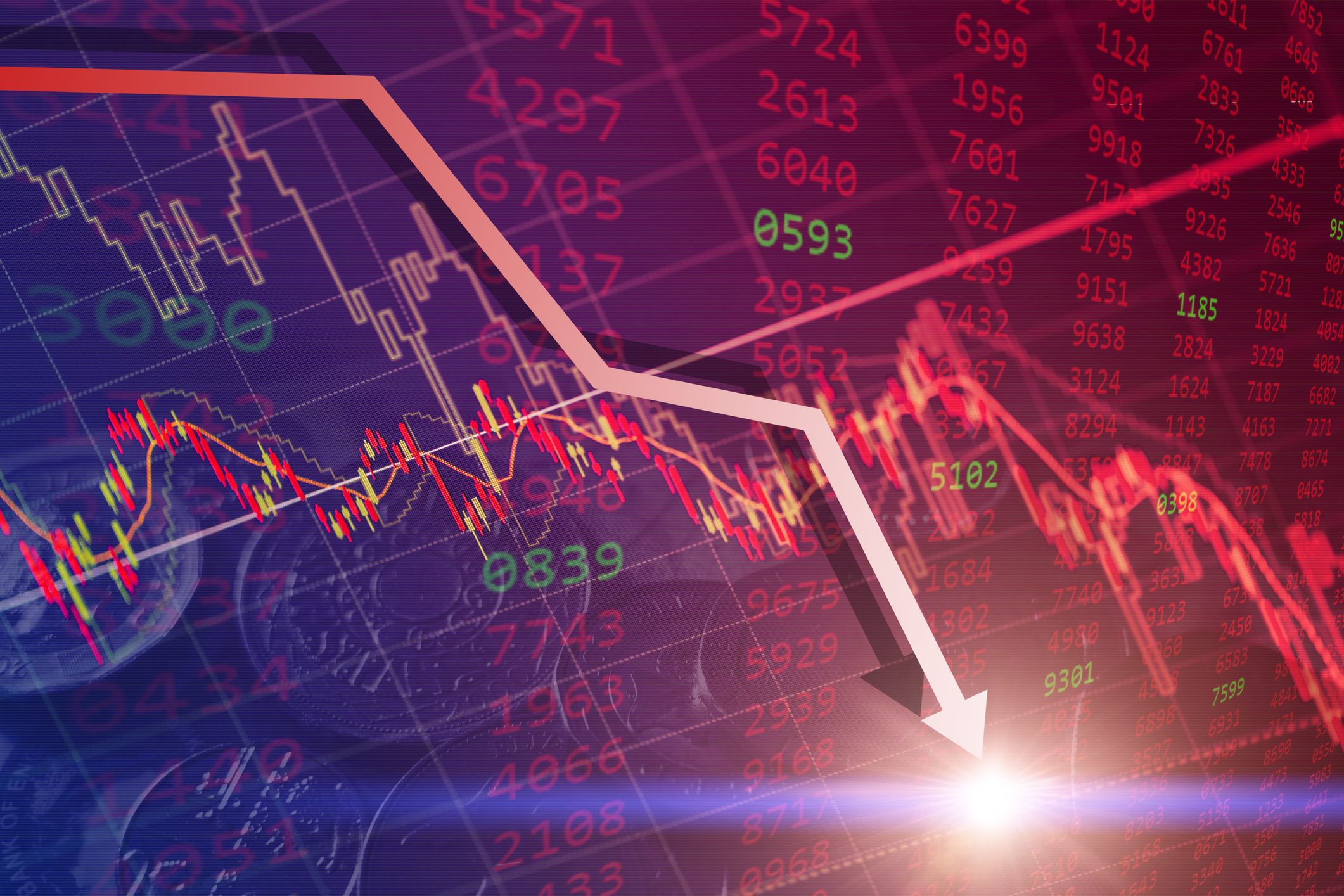 Nasdaq Sinks 418 Points as Tech Chills: Stock Market Today
Nasdaq Sinks 418 Points as Tech Chills: Stock Market TodayInvestors, traders and speculators are growing cooler to the AI revolution as winter approaches.
-
 23 Last-Minute Gifts That Still Arrive Before Christmas
23 Last-Minute Gifts That Still Arrive Before ChristmasScrambling to cross those last few names off your list? Here are 23 last-minute gifts that you can still get in time for Christmas.
-
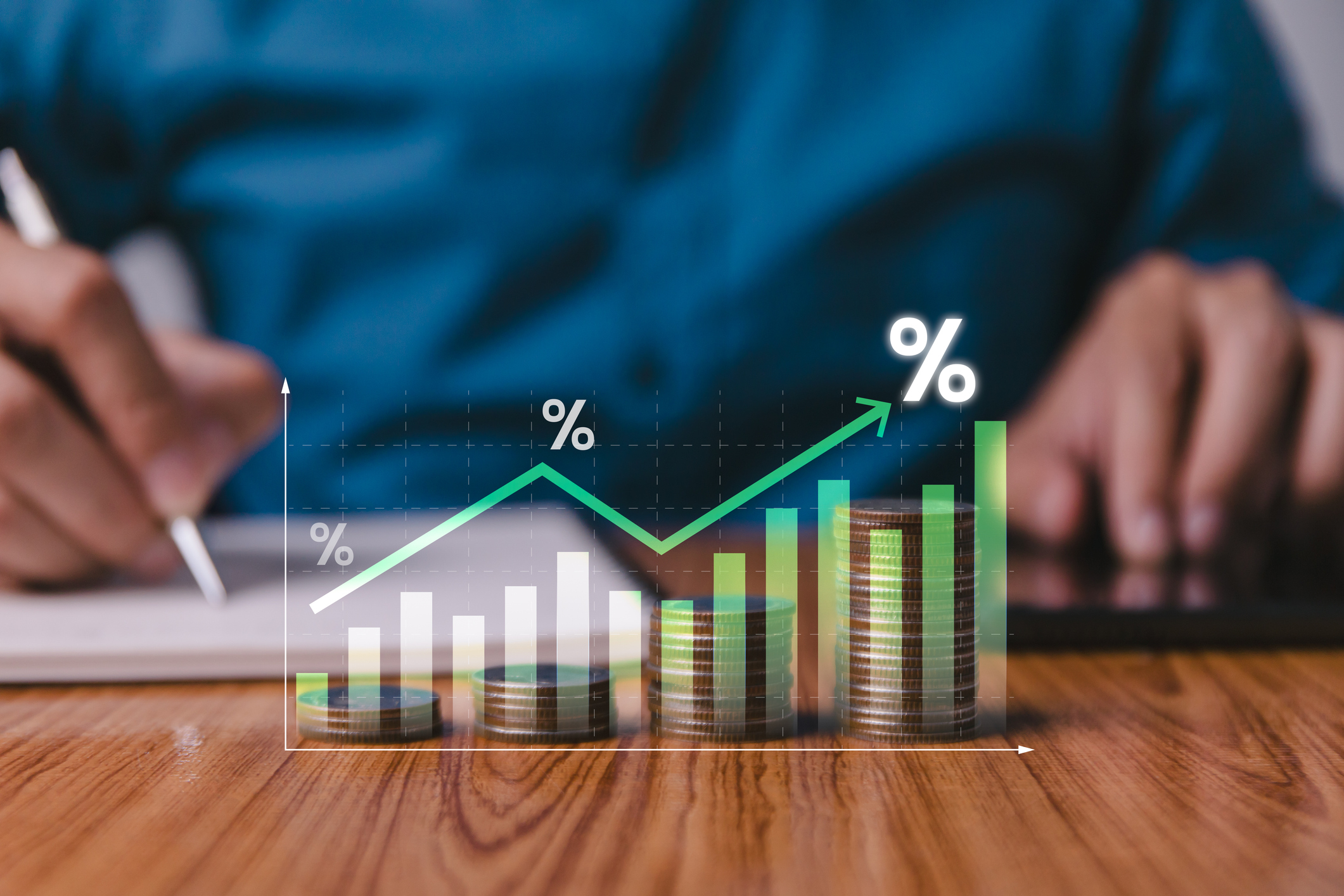 The Rule of Compounding: Why Time Is an Investor's Best Friend
The Rule of Compounding: Why Time Is an Investor's Best FriendDescribed as both a "miracle" and a "wonder," compound interest is simply a function of time.
-
 What to Expect from the Global Economy in 2026
What to Expect from the Global Economy in 2026The Kiplinger Letter Economic growth across the globe will be highly uneven, with some major economies accelerating while others hit the brakes.
-
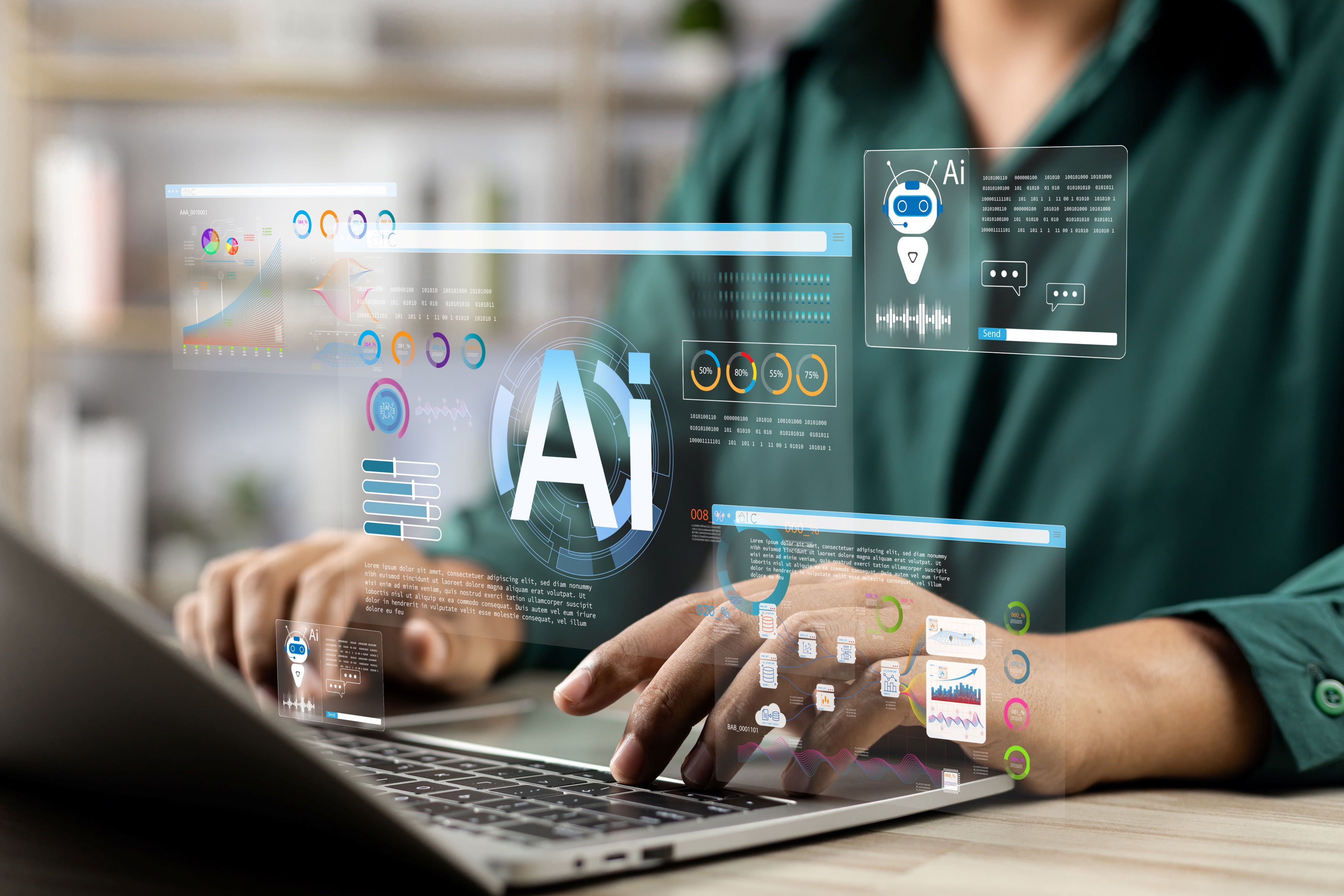 Amid Mounting Uncertainty: Five Forecasts About AI
Amid Mounting Uncertainty: Five Forecasts About AIThe Kiplinger Letter With the risk of overspending on AI data centers hotly debated, here are some forecasts about AI that we can make with some confidence.
-
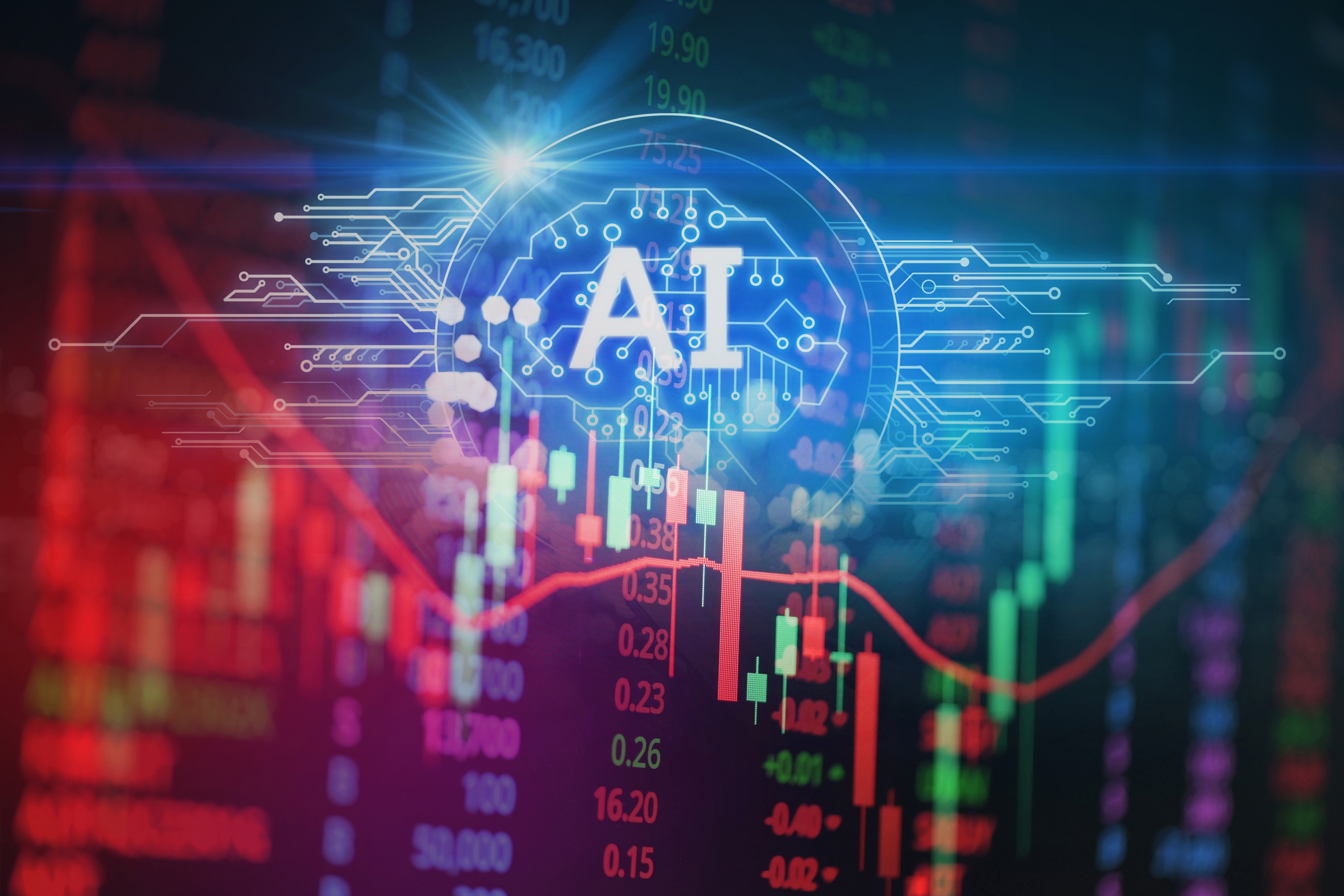 Worried About an AI Bubble? Here’s What You Need to Know
Worried About an AI Bubble? Here’s What You Need to KnowThe Kiplinger Letter Though AI is a transformative technology, it’s worth paying attention to the rising economic and financial risks. Here’s some guidance to navigate AI’s future.
-
 Will AI Videos Disrupt Social Media?
Will AI Videos Disrupt Social Media?The Kiplinger Letter With the introduction of OpenAI’s new AI social media app, Sora, the internet is about to be flooded with startling AI-generated videos.
-
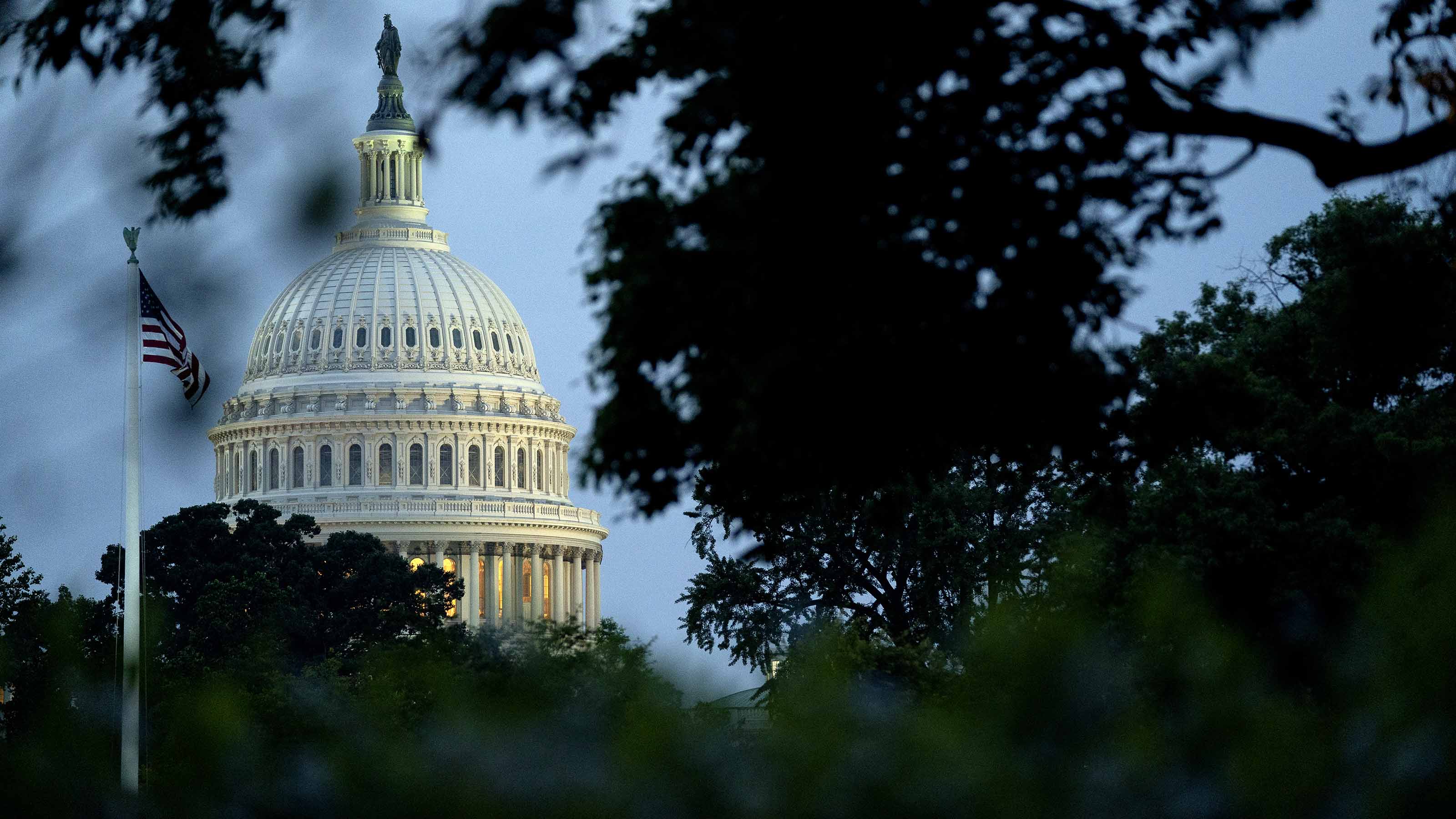 What Services Are Open During the Government Shutdown?
What Services Are Open During the Government Shutdown?The Kiplinger Letter As the shutdown drags on, many basic federal services will increasingly be affected.
-
 The Economy on a Knife's Edge
The Economy on a Knife's EdgeThe Letter GDP is growing, but employers have all but stopped hiring as they watch how the trade war plays out.
-
 Apple Readies for AI Upgrade with New iPhones
Apple Readies for AI Upgrade with New iPhonesThe Kiplinger Letter The tech giant has stumbled when it comes to artificial intelligence, but a new batch of iPhones will help it make headway.
-
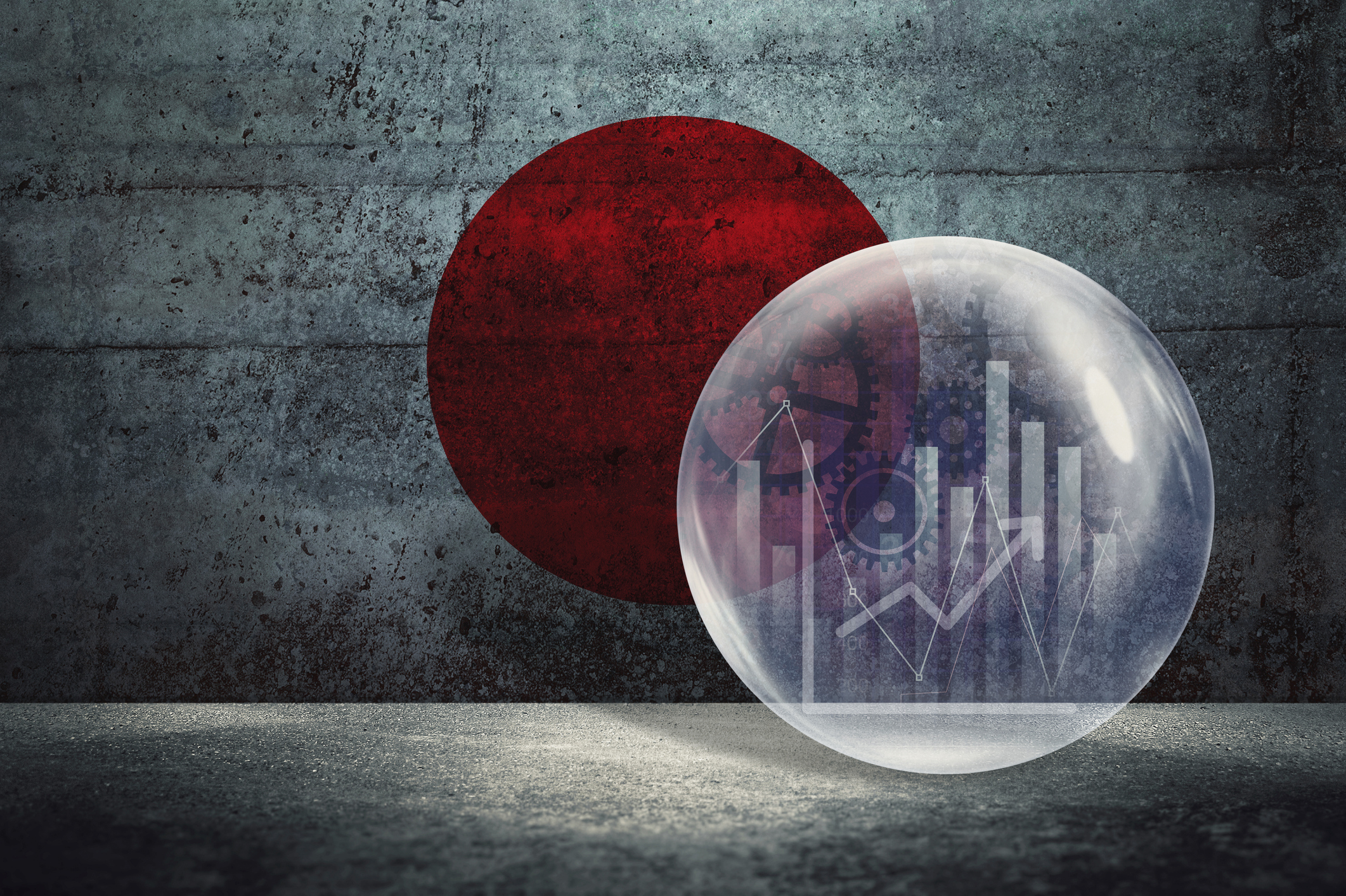 Japan Enters a New Era of Risk and Reform
Japan Enters a New Era of Risk and ReformThe Kiplinger Letter Japan has entered a pivotal moment in its economic history, undertaking ambitious policy and structural reforms to escape from decades of stagnation.